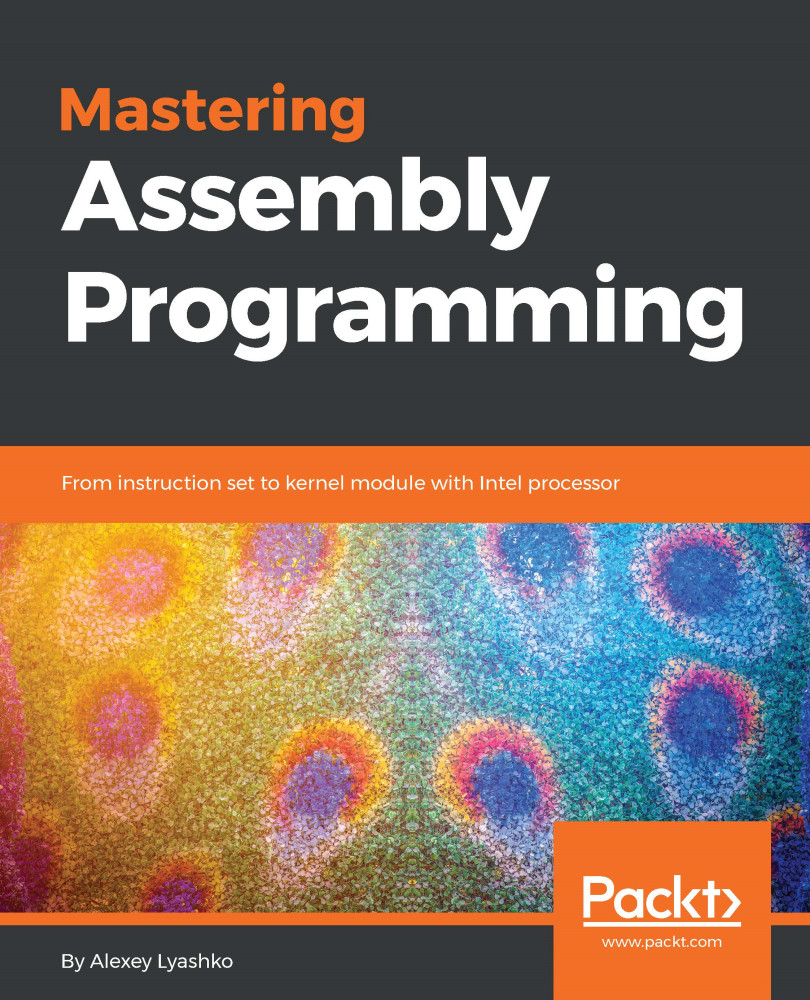As it has been stated earlier, the best way to interact with the operating system from a program written in Assembly is through the system API --system DLLs on Windows and libc on Linux, and the rest of the chapter is dedicated to this topic, as it will significantly make your life easier as an Assembly developer.
The rest of the chapter is dedicated to the use of external libraries and DLLs if on Windows, or external libraries and shared objects if on Linux. We will try to kill two rabbits in one shot, meaning that we will not only learn how to link DLLs or system lib files to our code, but we will also cover the linking of other object files with our code.
For the sake of an example, we will create a small program that prints a message to the standard output and uses the module we developed in Chapter 8, Mixing Modules Written in Assembly and Those Written in...


